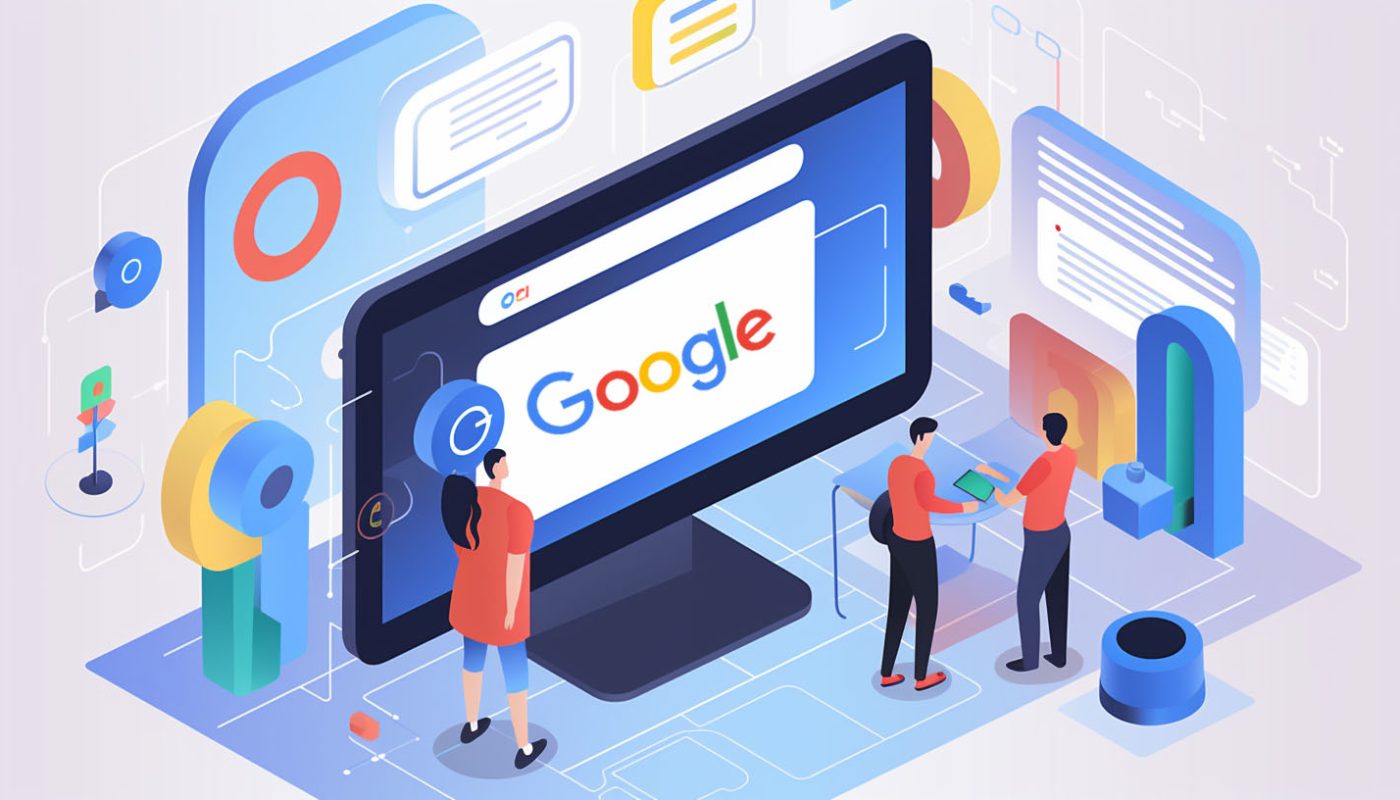Introduction
In this article, we’ll delve into the latest Google policies on AI-generated content, helping you understand the guidelines and ensure compliance. Based on a recent blog post from Google, we’ll break down the key points and offer practical advice for content creators.
Google’s Stance on AI-Generated Content
Google has always aimed to reward original, high-quality content that demonstrates expertise, experience, authoritativeness, and trustworthiness (E-E-A-T). AI-generated content is no exception, as long as it aligns with these principles and provides value to users. Automation, including AI, can be used to create helpful content, such as sports scores, weather forecasts, and transcripts. Google acknowledges that AI can power new levels of expression and creativity, serving as a critical tool to help people create great content for the web.
However, using automation, including AI, to generate content primarily for manipulating search rankings is a violation of Google’s spam policies. Google has systems in place, such as SpamBrain, to detect and penalize spam content, regardless of how it is produced.
Advice for Content Creators
- Focus on E-E-A-T: Ensure that your content, whether AI-generated or not, is original, high-quality, and people-first, demonstrating qualities of E-E-A-T.
- Evaluate content production: Consider the Who, How, and Why aspects of content production. This evaluation can help you stay in line with Google’s guidelines, regardless of the content creation method.
- Author bylines: Include accurate author bylines when readers would reasonably expect them. Google News publishers should always use bylines and author information.
- AI or automation disclosures: Add these disclosures to content where someone might reasonably wonder, “How was this created?”.
- AI as the author: Listing AI as the author of the content is not recommended. Instead, clarify to readers when AI is part of the content creation process in a more transparent manner.
FAQs and Key Takeaways
- AI-generated content is not against Google’s guidelines, as long as it is not used to manipulate search rankings.
- Google does not ban AI-generated content because it can assist with and generate useful content in new ways.
- Google has existing systems to determine content’s helpfulness and elevate original news reporting, regardless of whether it’s human-generated or AI-generated.
- Google focuses on surfacing high-quality information from reliable sources, not information that contradicts well-established consensus on important topics.
- AI-generated content doesn’t receive any special gains in search rankings. If it’s useful, helpful, original, and satisfies E-E-A-T principles, it might perform well in search.
Conclusion
Understanding and complying with Google’s policies on AI-generated content is essential for content creators and website owners. By focusing on E-E-A-T, evaluating content production, and being transparent about AI’s role in the content creation process, you can ensure that your AI-generated content aligns with Google’s guidelines and contributes positively to your SEO efforts.



